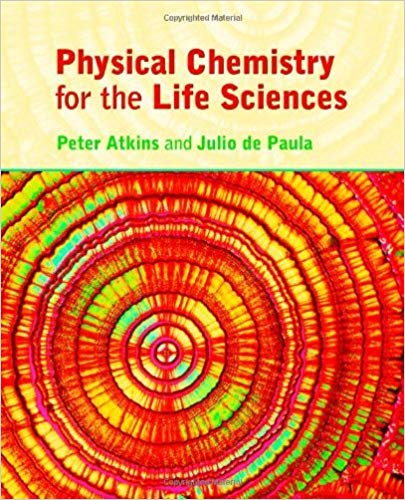Question
Part A: For a certain reaction, Kc= 5.32 x 10^-3 and kf= 668 M^-2 x s^-1. Calculate the value of the reverse rate constant, kr,
Part A: For a certain reaction, Kc= 5.32 x 10^-3 and kf= 668 M^-2 x s^-1. Calculate the value of the reverse rate constant, kr, given that the reverse reaction is of the same molecularity as the forward reaction. Part B: For a different reaction, Kc= 40.4, kf= 37.3 s^-1, and kr= 0.924 s^-1. Adding a catalyst increases the forward rate constant to 1.19 x 10^4 s^-1. What is the new value of the reverse reaction constant, kr, after adding a catalyst? Part C: Yet another reaction has an equilibrium constant Kc= 4.32 x 10^5 at 25 degrees Celsius. It is an exothermic reaction, giving off quite a bit of heat while the reaction proceeds. If the temperature is raised to 200 degrees Celsius, what will happen to the equilibrium constant?
Step by Step Solution
There are 3 Steps involved in it
Step: 1

Get Instant Access to Expert-Tailored Solutions
See step-by-step solutions with expert insights and AI powered tools for academic success
Step: 2

Step: 3

Ace Your Homework with AI
Get the answers you need in no time with our AI-driven, step-by-step assistance
Get Started


